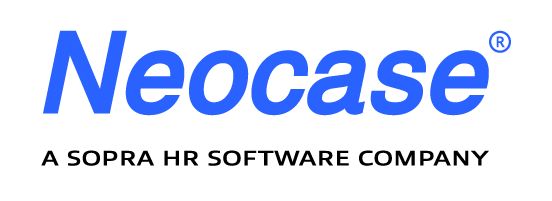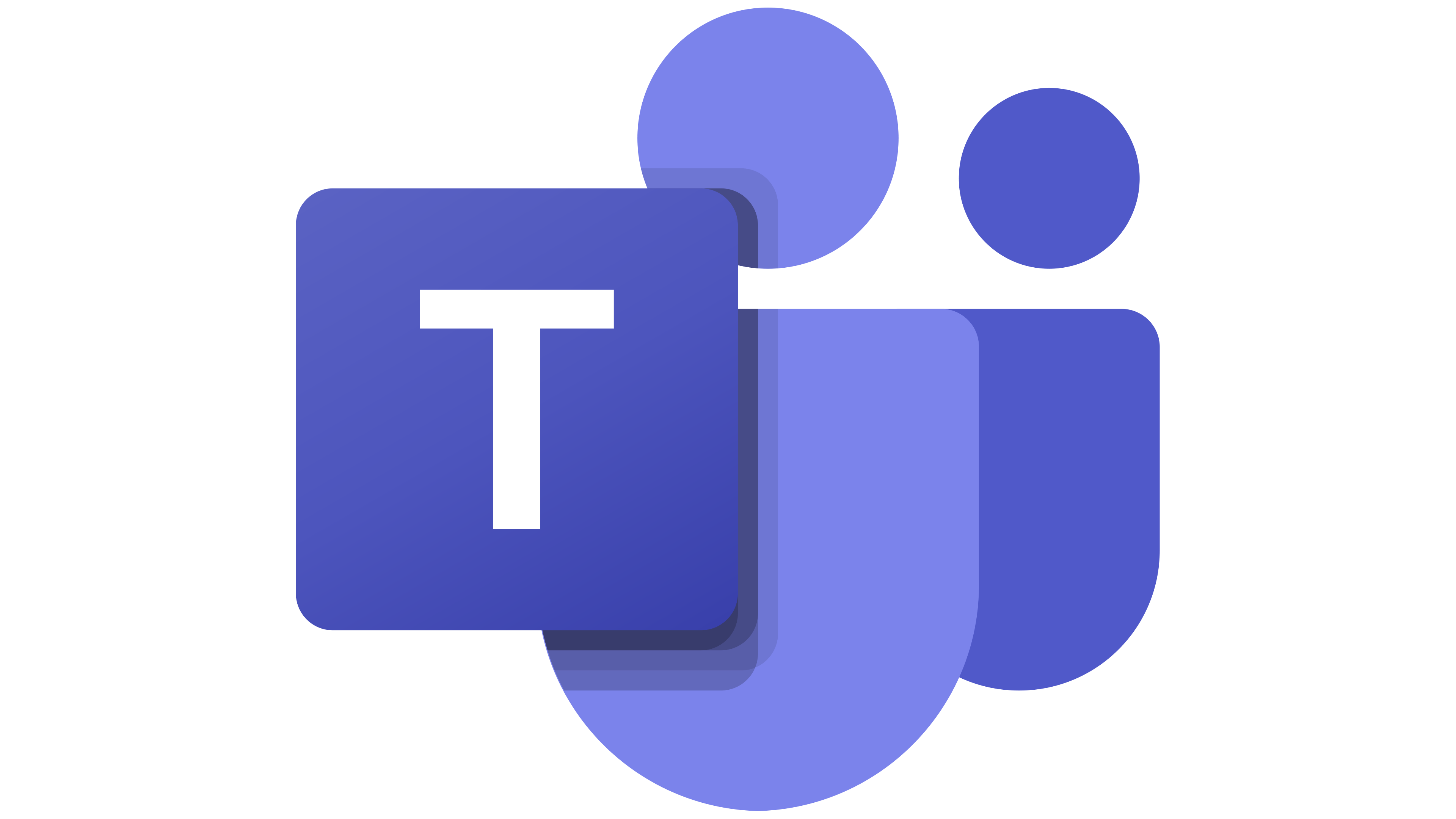In art, perspective is the illusion of three dimensions on a two-dimensional surface. In life, it is the way of regarding things in either attitude or point of view. Or as we frequently say in conversation, there are those who see the glass as half empty, and those who see it as half full. (Or to paraphrase comedian George Carlin – a glass that is twice the size it needs to be.)
In the parlance of human resources management (HRM), we all have different outlooks – and all these varying opinions and viewpoints need to be respected and taken into account for a harmonious workforce. ‘Exploring the Different Perspectives of HR Management’ highlights five different aspects of HR management, and their varying approaches to human behavioral aspects:
- The Normative Perspective – broken down into two concepts of human resource management – hard HRM where the organizations interests are focused on over the employees’ conflicting ambitions and interests; and soft HRM which works under the assumption that what is good for the organization is also good for the employee.
- The Critical Perspective – states that in ‘reality employers enforce a hard HRM-based strategic control, and the interests of the organization always take priority over the individual employee.’
- The Behavioral Perspective – holds that ‘the purpose of human resource intervention is to control employee attitudes and behaviors to suit the various strategies adopted to attain the desired performance. This perspective thus bases itself on the role behavior of employees instead of their skills, knowledge, and abilities.’
- The Systems Perspective – describes an organization in terms of input, throughput, and output, with all these systems involved in transactions with a surrounding environment.
- Agency or Transaction Cost Perspective – which holds the view that the strong natural inclination of people working in groups is to reduce their performance and rely on the efforts of others in the group. When one person delegates responsibility to another person, conflicts of interests invariably arise.
As we all know, people’s attitudes and position on issues often change over time – and sometimes very quickly. A point of view that is, at one time, supported by others can quickly be called into question, causing confusion and loss of credibility and understanding. One must understand their audience and the underlying office environment (see models above) to have the best chances for success.
In his column ‘Organizational Characters – an HR Perspective,’ author Rani Zahed outlines how one might establish credibility in the workplace through identifying the ‘professional types’ encountered by HR Professionals in the workplace:
- The Gung Ho enthusiast – this professional initially supports the role of HR wholeheartedly and believes that HR can be a major contributor to the business. He/she is the main advocator to introduce this function… (They later lose the enthusiasm)
- The Realist – this person understands the benefits of HR to the business but is also realistic about its effectiveness in the organization. They understand the culture of the organization and the types of managers they will encounter in the organization… (They want it to work but are cautious)
- The Committed – this professional supports the role of HR, understands the impact on the business and has firm grip on the complex function of HR… (They will stand by HR as a strategic function for the best interest of the organization – not too many exist mind you)
- The Skeptic – this person supports the role of HR (mainly because the majority supports it) but is highly skeptical of how HR can contribute to the business… (They will tend to cause issues on every occasion, unless HR becomes a truly trusted ally)
- The Careless – this professional accepts the role of HR, so long as it is a secondary department and is limited to sorting CVs, organizing parties and filling out documents that they don’t want to be bothered with.
Zahed concludes, “One can see from these characters the challenges that any HR professional faces in an organization, for while all these characters would have signed off on the need to support a HR department, each ‘Supporter’ however, has a different reading of what the function means, what it can do and how to work with them.”

 Microsoft Teams
Microsoft Teams
 Workday
Workday